Why do we prefer C-TPAT carriers?
What is C-TPAT?
C-TPAT stands for Customs-Trade Partnership Against Terrorism. It is one of the components of the United States Customs and Border Protection’s strategy to strengthen supply chains and improve security at the United States borders. The US government and the private sector participate in the program.
The objectives of the Program are met through close cooperation between the various actors involved in the international supply chain, such as American importers and exporters, US/Canada Carriers and US/Mexico carriers, licensed US customs brokers, United States terminal operators, cargo consolidators in the United States, transport intermediaries, Canadian and Mexican manufacturing companies, among others.
Why transporting cargo with C-TPAT carriers is more efficient and safer?
As C-TPAT members are considered low risk, the probabilities to be examined at the US port by the US Customs and Border Protection is reduced. In addition, they enjoy a shorter waiting time at the border and they have access to the Free and Secure Trade Lanes (FAST) at land borders.
Moreover, C-TPAT members work in conjunction with the US Customs and Border Protection in order to detect security gaps and carry out specific security measures, as well as best practices to reduce security risks and combat terrorism. In this way, they work together to align security actions throughout the supply chain.
Additionally, C-TPAT members are assigned a security specialist in the supply chain and have access to training materials, among other benefits.
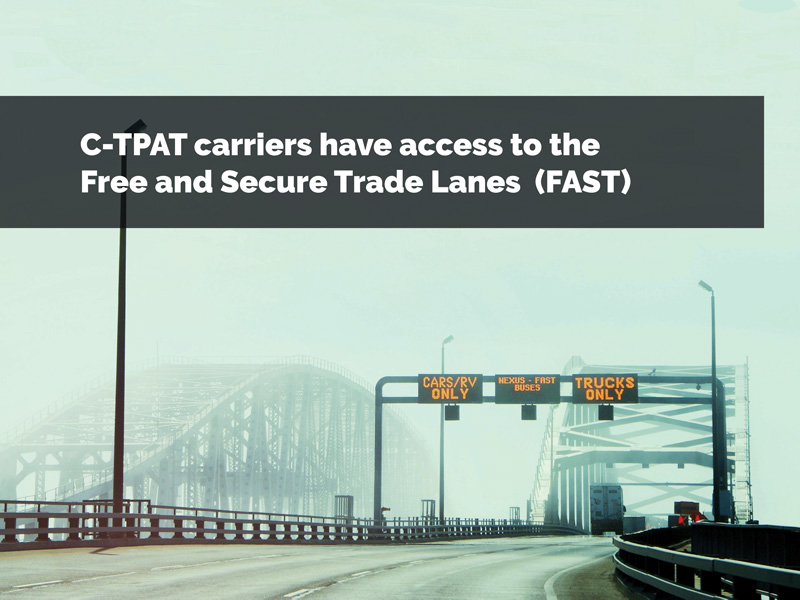
What security actions are implemented by
C-TPAT carriers?
Carriers execute good security practices from the yard or from the place where the tractors and trailers are stored, through the collection point, to the final destination of delivery. These practices optimize the performance of the supply chain and minimize risks. Here are some of the security measures that C-TPAT carriers implement and maintain.
Requirements for business partners
C-TPAT carriers select business partners through defined and verifiable processes that include security indicators.
Tractors and trailers Security
C-TPAT carriers maintain tractor and trailer integrity procedures to prevent the introduction of unauthorized personnel or material. For example:
- Inspecting tractors and trailers systematically. On tractors, C-TPAT carriers check parts like bumpers, rims and tires, doors and tool compartments, battery box, fuel tanks, air breather, interior compartments, and roof. On trailers, the areas inspected are the fifth wheel area, the front, rear, and sides, as well as the floor, the roof, the doors, and the undercarriage, among other areas.
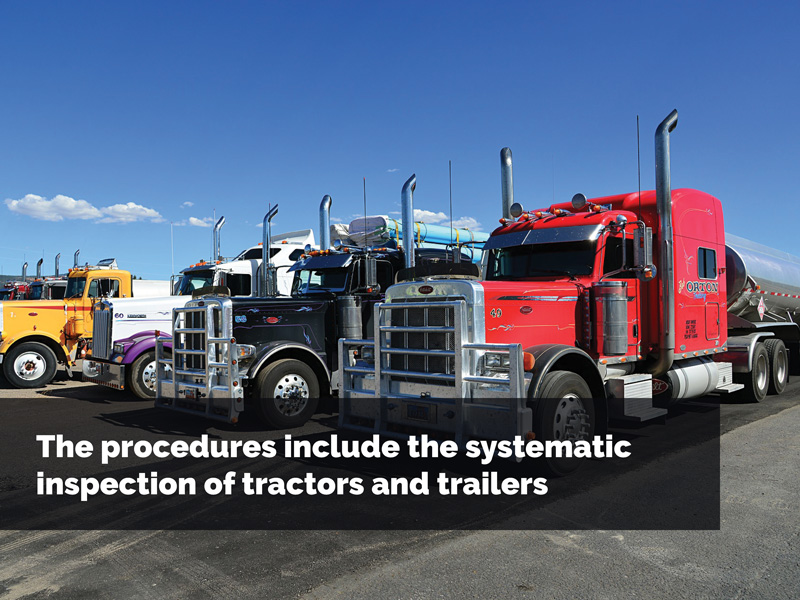
- Helping ensure that merchandise is legitimate and there is no contraband.
- Storing trailers in secure areas where procedures to prevent access to unauthorized persons are executed.
- Notifying Customs and Border Protection of the United States if structural modifications are made to trailers or trucks.
- Tracking and monitoring trailers and trucks.
- Identifying predetermined transport routes. In addition, random verifications of the routes are carried out, as well as the verification of the time elapsed between the collection point, the passage through the United States border and the delivery at the destination. Likewise, notifications on any delay due to weather, traffic or route change are made.
- Reporting and documenting any unusual anomalies or modifications found on the trailer and tractor.
- Meeting or exceeding PAS ISO 17712 standards applicable to trailer’s seals. Some security procedures regarding seals are verification that the seal remains intact; documentation of the seal number and verification that it matches the number that appears on the shipper’s documents; notification in case the seal breaks, in this case, it is notified who broke it and the number of the second seal.
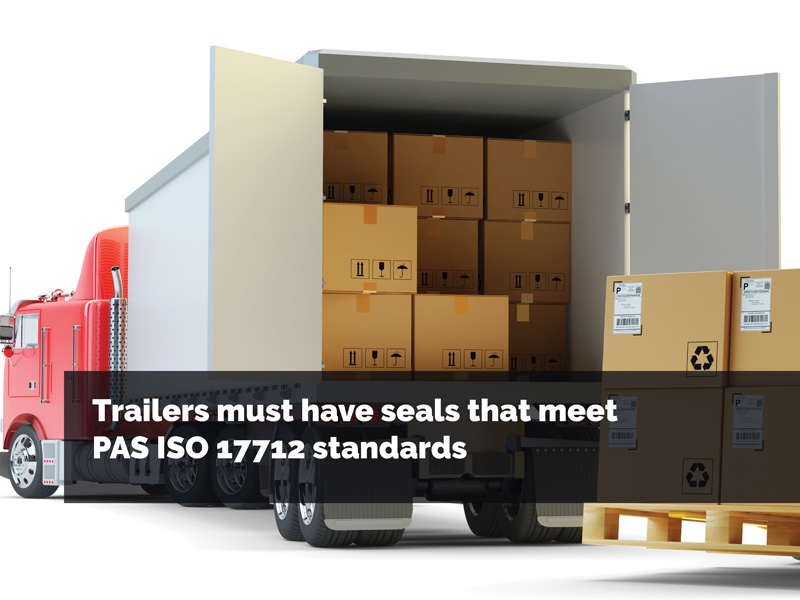
Physical access controls
C-TPAT carriers prevent unauthorized persons from accessing trucks, trailers, and installations. This is achieved through the establishment of procedures to control and identify employees and visitors. For example, employees carry badges or ID’s to identify themselves and they only have access to the areas in which they perform their duties.
Personnel Security
Written and verifiable procedures are performed to evaluate existing and potential employees.
Processes are carried out to verify the references and work history of the prospects to be hired. In addition, a background check is carried out.
In the same way, reviews and periodic investigations are made of the personnel that already work in the company.
Finally, when the employment relationship ends, there are procedures to restrict access to the facilities.

Security measures in the processes
Security procedures are established and carried out with the objective of guaranteeing the integrity and security of the processes involved in storage, handling, and transportation through the supply chain.

- These processes guarantee the integrity, readability, accuracy, and protection of the information used in the authorization of the merchandise/cargo.
- Additionally, the processes include the review of documents in order to identify suspicious shipments. For example, those with collection or delivery points in unusual places; those paid in cash or by check; as well as those that contain vague information. Likewise, the load is marked and manifested, including the exact weight and the count of the pieces.
- Any anomaly or suspicious activity is notified to Customs or to other appropriate law enforcement agencies.
Physical security
There are physical barriers and deterrents to prevent access to restricted areas. Examples of these elements are fences, gates, doors, and padlocks, as well as alarms, security cameras and lighting in entrances, in exits, in storage areas and in the tractor and trailer’s parking place.

Training and threat awareness
Training programs are established and maintained so that personnel is able to recognize, address and report situations of threats by drug smugglers or terrorists. In addition, specific programs are carried out to help employees maintain the integrity of tractors and trailers, to recognize internal conspiracies, as well as to protect access controls.
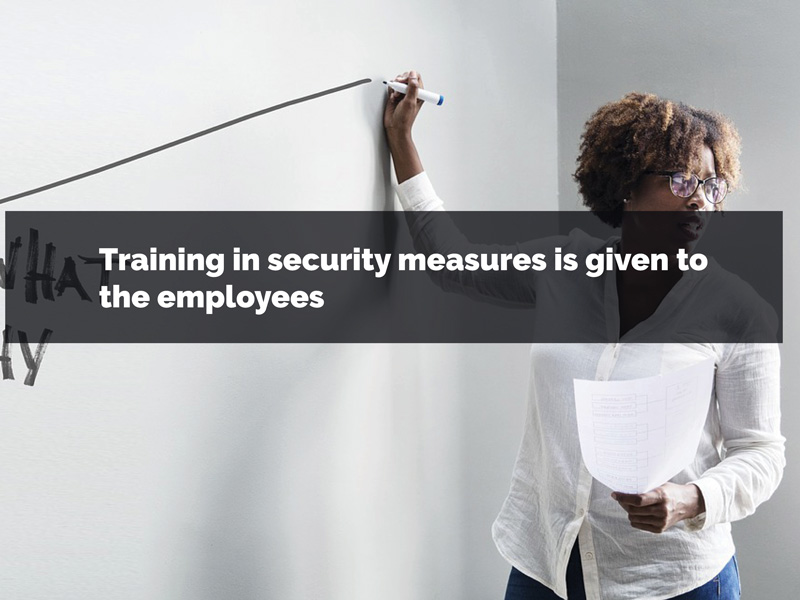
Security in Technology and Information
Measures are taken to protect passwords and restrict access to electronic devices, as well as to protect information and identify abuses in the field of Technology and Information. In addition, the technologies used to utilize the Free and Secure Trade (FAST) program are protected.
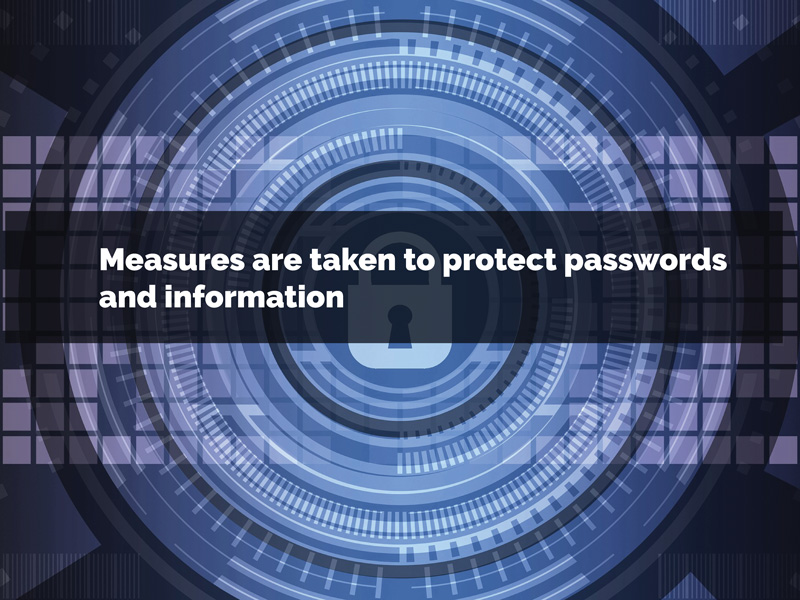
How to know if a carrier is C-TPAT?
C-TPAT members receive a letter in which the Assistant Commissioner / Office of Field Operations notifies them that they have successfully passed the C-TPAT certification process. To make sure that a carrier is C-TPAT, you can request a copy of that letter.
If you wish to transport cargo by land with a C-TPAT carrier, contact Mexicom Logistics, at info@mexicomlogistics.com. We work only with C-TPAT carriers, to guarantee the safety and efficiency of our customers’ freight shipping.
Sources:
https://www.cbp.gov/border-security/ports-entry/cargo-security/ctpat
https://help.cbp.gov/app/answers/detail/a_id/779/~/c-tpat–certified-participants











You made some really good points there.